MercoPress. South Atlantic News Agency
Tag: Central Bank of Brazil
-
Thursday, October 28th 2021 - 09:55 UTC
Brazil's Central Bank increases Selic rate above expectations
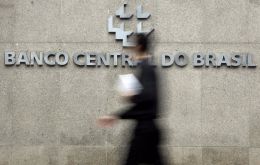
Brazil's Central Bank (BCB) Monetary Policy Committee (Copom) decided once again Wednesday to increase the basic Selic interest rate from 6.25% to 7.75% annually, in what turned out to be the sharpest rise since December 2002, it was announced.
-
Thursday, October 14th 2021 - 08:59 UTC
Central Bank of Brazil takes action to reverse real shrinking

Brazil's Central Bank Wednesday took an active role in the currency exchange market and sold US $ 1 billion to avoid a devaluation of the real, which has already lost a third of its value against the US dollar in 2021 alone
-
Thursday, May 6th 2021 - 08:48 UTC
Brazil's Central Bank ups basic interest rate to curb growing inflation
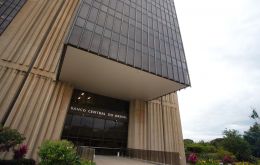
In a move to curb growing inflation, Brazil's Central Bank Wednesday decided to raise the basic interest rate by 0.75 percentage points, to 3.5% per year. It was the second time in a row that the monetary authorities responded to this type of measure.
-
Monday, April 19th 2021 - 21:41 UTC
Brazil's GDP on track to better results than expected

Brazil's Economic Activity Index (IBC-Br), released by the Central Bank and believed to be an omen of the country's Gross Domestic Product (GDP) rose 1.70% in February 2021, against January's figures, it was announced Monday.
-
Thursday, March 18th 2021 - 08:53 UTC
Fearing a spike in inflation, Brazil hikes interest rate 75 basis points for the first time since 2015

Brazil's central bank on Wednesday announced a first interest rate hike since 2015, a surprising 75 basis point increase to 2.75% and anticipated a similar increase in May to fight inflation even as the economy struggles during the pandemic.
-
Wednesday, March 3rd 2021 - 08:40 UTC
Brazil's currency losing ground: central bank chief says it is not justified by economic fundamentals
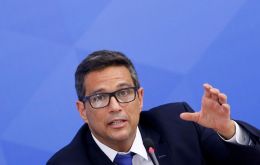
With public finances threatened, Brazil’s Real has suffered as investors adjust to changing liquidity conditions globally, but some of it has not been justified by economic fundamentals, central bank President Roberto Campos Neto said on Tuesday.
-
Wednesday, March 3rd 2021 - 08:38 UTC
Producer price inflation in Brazil anticipates Central bank will raise interest rates

Brazil's statistics agency IBGE said on Tuesday the monthly rate of producer price inflation kicked off this year at its second highest, with prices rising across all 24 activities surveyed.
-
Friday, February 12th 2021 - 09:57 UTC
Brazilian Central Bank communication triggers confusion in financial markets
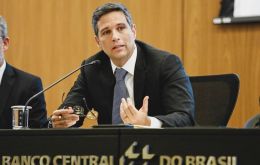
Brazil's Central Bank chief Roberto Campos Neto admitted on Thursday that the January interest fixing rate policy meeting release may have generated more confusion in financial markets, instead of more transparency in communications.
-
Friday, February 12th 2021 - 09:18 UTC
Brazil congress passes bill granting the central bank greater autonomy
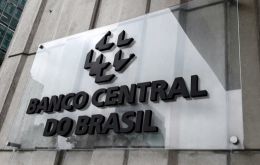
Brazil's lower house of Congress on Wednesday approved the text of a bill granting the central bank autonomy, which will set fixed four-year terms for the bank's president and directors, and tighter rules on their exit from office.
-
Thursday, February 11th 2021 - 08:47 UTC
Brazilian Central Bank says inflation outlook rose for the fifth week running

Brazil's central bank weekly FOCUS survey of some 100 economists and financial institutions indicated that the outlook for inflation in the country rose for the fifth consecutive week, and is getting closer to the bank's target for the year.
